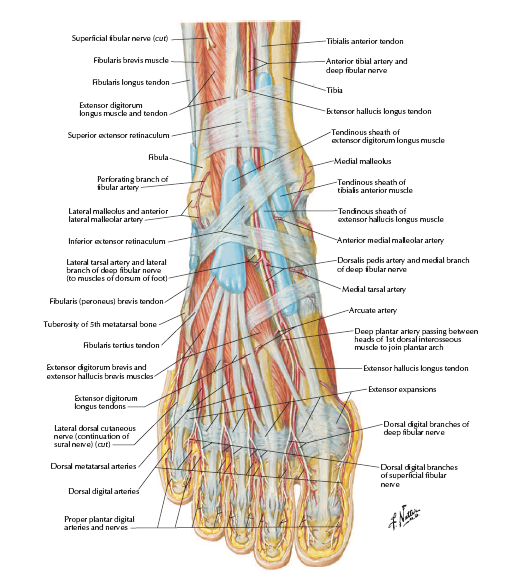MEDIAL COMPARTMENT THIGH
The muscles in the medial compartment of the thigh are collectively known as the hip adductors.
There are five muscles in this group; gracilis, obturator externus, adductor brevis, adductor longus and adductor magnus.
All the medial thigh muscles are innervated by the obturator nerve, which arises from the lumbar plexus. Arterial supply is through the obturator artery.
KIDNEY
Clinical Relevance: Variation in Arterial Supply to the Kidney
The kidneys present a great variety in arterial supply; these variations may be explained by the ascending course of the kidney in the retroperitoneal space, from the original embryological site of formation (pelvis) to the final destination (lumbar area). During this course, the kidneys are supplied by consecutive branches of the iliac vessels and the aorta.
KIDNEY
The kidneys sit at the back of the abdominal wall and at the start of the urinary system. These organs are constantly at work: Nephrons, tiny structures in the renal pyramids, filter gallons of blood each day. The kidneys reabsorb vital substances, remove unwanted ones, and return the filtered blood back to the body. As if they weren’t busy enough, the kidneys also create urine to remove all the waste.
LIVER WITH PORTAL VEIN
Vasculature
The liver has a unique dual blood supply:
LIVER
Clinical Relevance: Percutaneous Liver Biopsy
A percutaneous liver biopsy is procedure used to obtain a sample of liver tissue. A needle is inserted through the skin to access the liver.
The biopsy is required in several clinical scenarios:
KIDNEY
Clinical Relevance: Variation in Arterial Supply to the Kidney
The kidneys present a great variety in arterial supply; these variations may be explained by the ascending course of the kidney in the retroperitoneal space, from the original embryological site of formation (pelvis) to the final destination (lumbar area). During this course, the kidneys are supplied by consecutive branches of the iliac vessels and the aorta.
RIGHT & LEFT KIDNEY
The kidneys are bilateral bean-shaped organs, reddish-brown in colour and located in the posterior abdomen. Their main function is to filter and excrete waste products from the blood. They are also responsible for water and electrolyte balance in the body.
LIVER
Anatomical Position
The liver is predominantly located in the right hypochondrium and epigastric areas, and extends into the left hypochondrium.
When discussing the anatomical position of the liver, it is useful to consider its external surfaces, associated ligaments, and the anatomical spaces (recesses) that surround it.
By TeachMeSeries Ltd (2023)
HEPATOMEGALY
The liver is a wedge-shaped organ that is located underneath the diaphragm in the right upper abdominal quadrant. It is covered by a capsule and connected to surrounding structures


